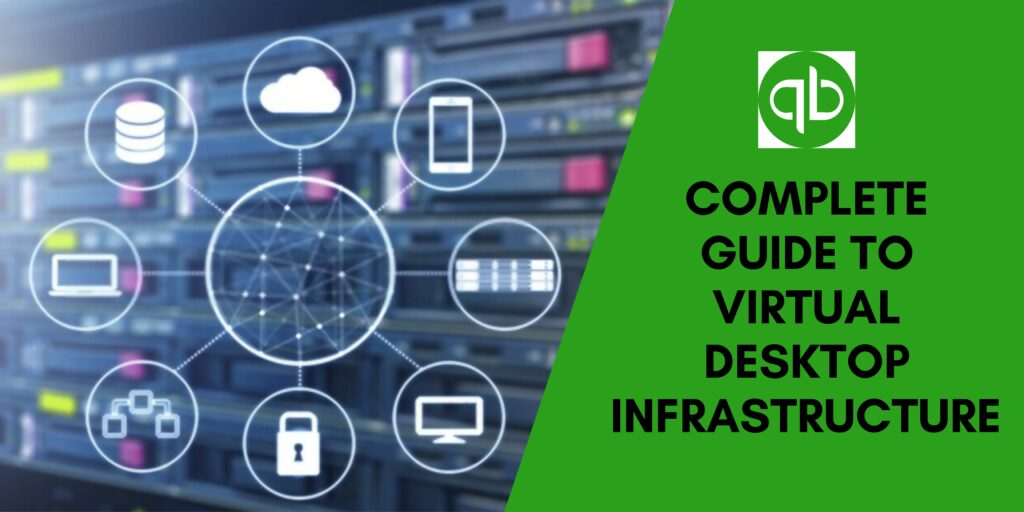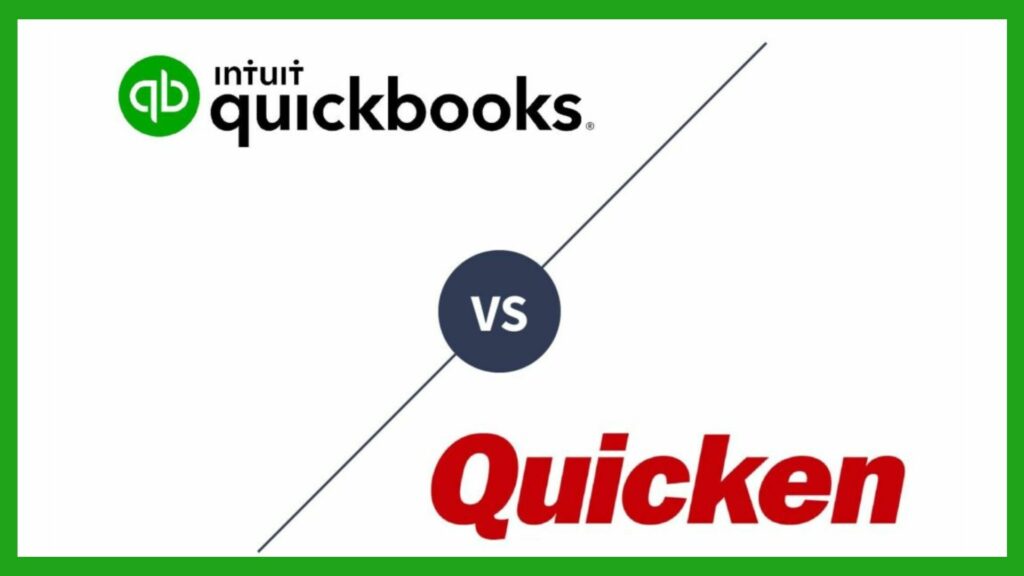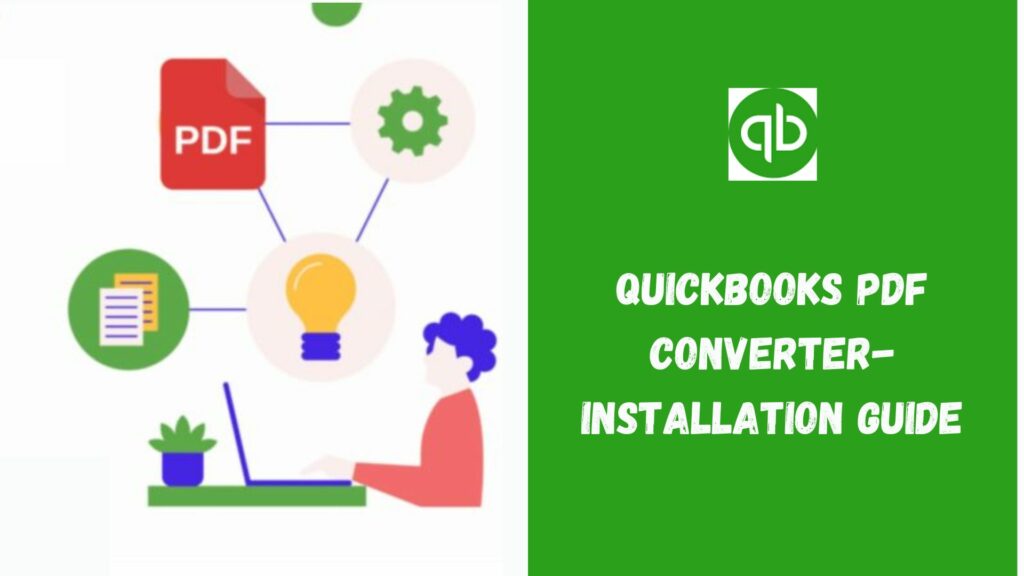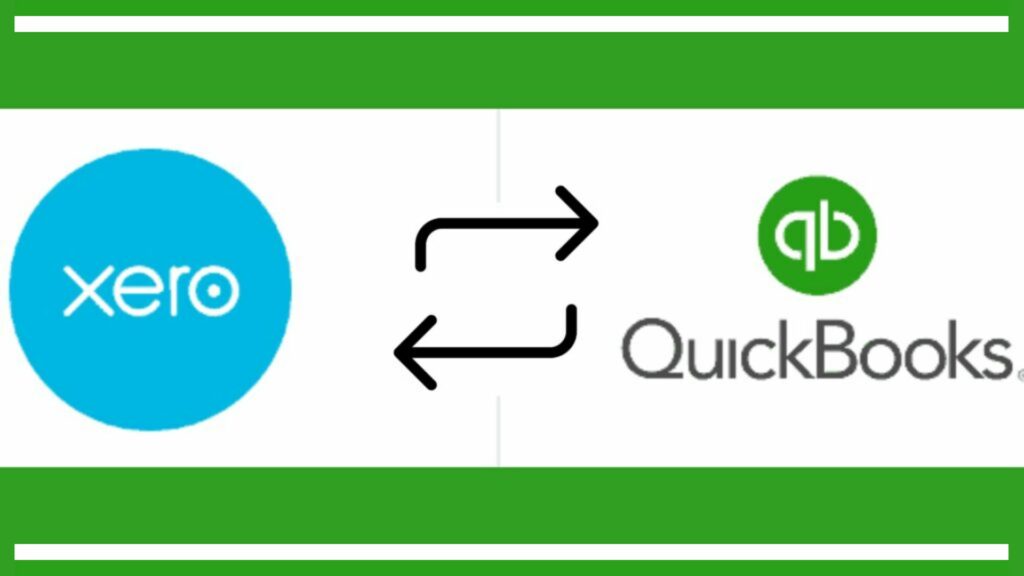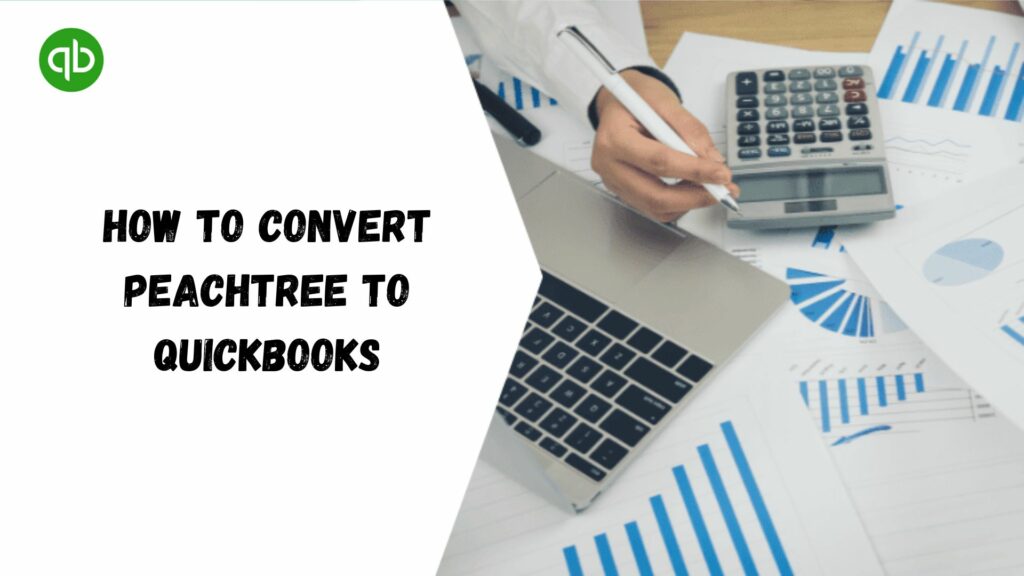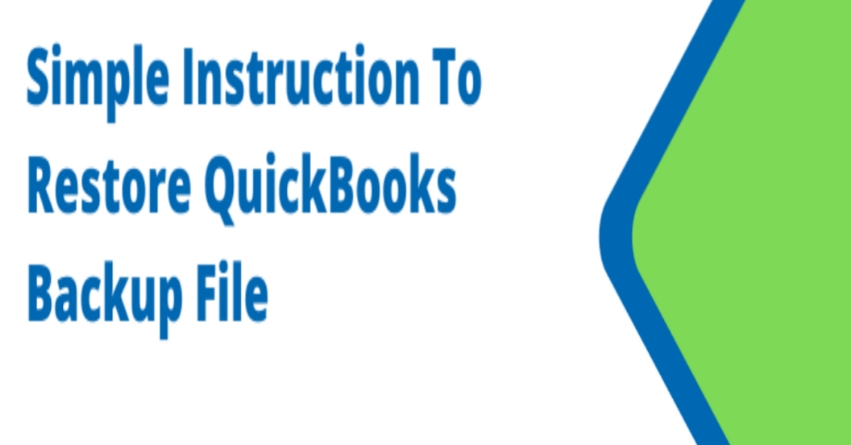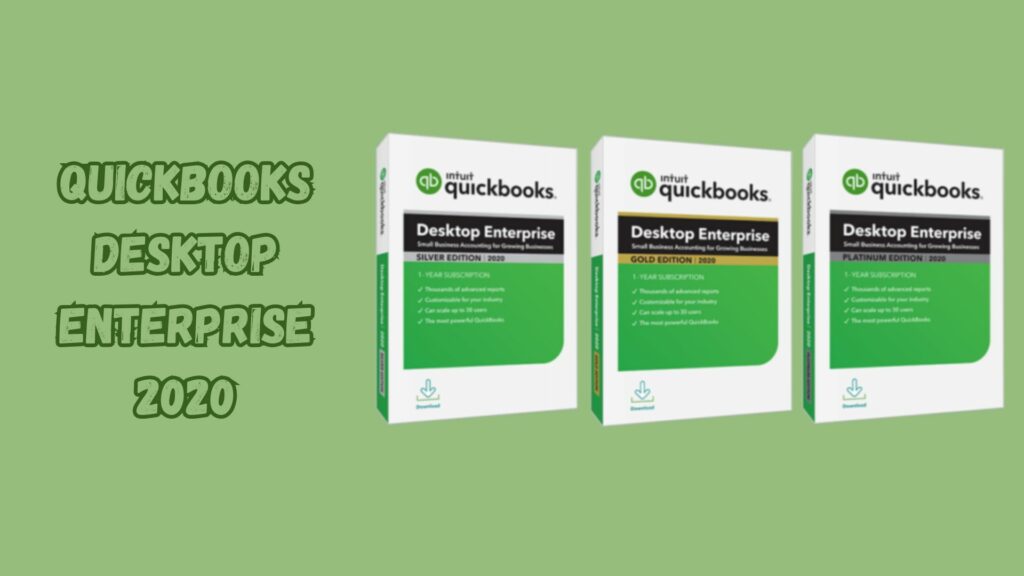Many of us have done work from home in 2020 a year of lockdown and encountered that despite being at home, the management of our company always keeps an eye on us and our work. They took our desktop on the remote server which is what is VDI known for, to check our work on a daily basis or sometimes resolve errors encountered on the desktop while working. They have information about what time we start working on the desktop and stop. How? Have you ever thought of it? No! Then think about it cause it’s a very basic thing that you have encountered daily in your work life.
The remote service works on your system through VDI. now you will ask What is VDI and how it works? So, let me tell you about the VDI, its benefits, and the steps to use it in this post.
What Is VDI And How Does It Works?
VDI is a technology that refers to the use of virtual machines to provide and manage Virtual desktops. The virtualized desktop environment is created on a remote server setup, only because of VDI, Virtual Desktop Infrastructure. With the help of VDI, the servers dissect into various virtual servers that can be accessed by the user remotely from anywhere on any device. The user connects to their desktop through a connection broker, which is a software-based gateway that acts as an intermediary between the user and the server.
Classification of Virtual Desktop Infrastructure
The Virtual Desktop Infrastructure is classified into two, each VDI provides different benefits;
Persistent Virtual Desktop Infrastructure
- In a Persistent VDI environment, the desktop to which the user is connected acts as a personal physical desktop each time the user will use it. The user will connect to the same desktop each time, also be able to personalize the desktop as per their need and desire, and most importantly the changes will be saved even after the connection will reset.
Non-Persistent Virtual Desktop Infrastructure
- Non-Persistent VDI is working totally opposite of Persistent VDI. in a Non-persistent VDI environment, users connect to the generic desktop and the changes he/they will make are not meant to be saved. There is no need for customization on the desktop in a non-persistent VDI environment. This type of VDI is often used in Organization with a lot of management staff and employees and task owner who perform a limited set of work and don’t need a customized desktop such as the employees who does the Work from work job.
Benefits of VDI [Virtual Desktop Infrastructure]
The Virtual Desktop Infrastructure has some complexity but also offers some benefits to the organization and that benefits are written down below.
- Remote Access: The most comprehensive and useful benefit of the VDI environment is the remote access feature. Through this feature, a user can connect with his/her desktop from anywhere and anytime when he/she is away from the system. It makes the world easy for employees who can access all their files, and application, and work remotely from any location or day and night.
- Cost-effective: By using the Virtual Desktop infrastructure, you can cut your cost on hardware. With the help of a VDI device, you can access your desktop from any other device and make the older device host your desktop. Thin clients, tables, or even mobile phones can be used for the same purpose.
- Security: In the VDI environment, all the data are saved d on the server, not on any end client device. In case of any error, malfunction, damage, or stolen endpoint device the data will be saved on the server. You just have to buy another device or just use an older device like before.
- Portability of Device: As it is clear, the data is saved on the server and can only be used by accessing the server so there’s no need for any hardware. That gives portability to devices in the VDI environment. The user can access the data from a laptop, mobile, tablet, or any other access device.
- Data Centralized Management: In the VDI mode, all the access including security or update is in the hand of center management. So the centralized format allows IT to easily patch, update or configure all the desktops at a time from their end. And also the user is authorized with advanced security features and facilities such as advanced security, high-end infrastructure, and a disaster recovery plan.
Read Also: QuickBooks Point of Sales Software (POS) – Types, Review, and Pricing
How to Apply Virtual Desktop Infrastructure?
Before applying the VDI environment it is recommended to implement it in an HCI environment because its scalability and high performance are a good fit for VDI mode on a larger scale. But if any organization requires less than 100 virtual Desktop.
These are some best practices to follow before applying VDI:
- Avoid Underprovisioning: Before applying VDI, perform a capacity plan in the advance. The user needs a monitoring tool to understand the resource each virtual desktop consumed and most importantly it’s necessary to know the overall consumption of resources you need.
- Prepare the Network: The VDI performance is so close to the network, that it’s important to acknowledge the intense time of use and await the demand spike to ensure sufficient network volume.
- Understand the need of the end-user: After knowing the total resource consultation, you need to know the requirement of your end-user. What do they want? Do they want Persistent VDI or do they Want Non-persistent VDI? What are your user’s performances require? You have to distinguish your user’s needs. You will have to provision your setup differently if they want a graphic-instance application in Persistence VDI or if they just want access to the internet in Non-Persistent VDI.
- Perform a pilot test: This segment is important to check whether you have provisioned your resource correctly or not with a testing tool that is provided by most of the virtualization providers.
How Do The Virtual Desktop Infrastructure work?

- When the user logs into the desktop from the client software, a request message is sent to the connection broker, which will be accepted after the authentication is done.
- After that, the connection broker analyzes the request and sends it to the desktop of the end-user in the desktop pool.
- The high availability feature in the hypervisor helps to combine the resource of various servers and the virtual desktop can be migrated to another server. So it’s important to install the hypervisor on the server to create multiple VMs to host the virtual desktop.
- The admin has full access to turn the virtual desktop on or off according to the user’s availability. For example- if you have a 500 GB RAM Server, you can create 600 virtual desktops with 1 GB RAM, with the assumption that not all the users will not use the desktop at the same time.
- The desktop image is a replica of a master desktop to all the other desktops. That’s called cloning which can be full or linked.
Lined Cloning- the virtual disk of the master desktop is linked to all the desktops. It saves the disk space of the server. Every data of each user is saved separately. However, the cloned desktop is linked to the master desktop all the time.
Full Cloning- Full cloned desktop is not linked to the master desktop. It functioned independently. Thus, all the desktops use separate disk space. - VDI management software like VMware view manager can be used to create desktop pools. The admin user can manage the desktop pools, provision new Desktops, create new pools, and set up policies.
Conclusion
Therefore, our primary goal in writing this article was to help you understand the primary function of virtual desktop infrastructure. While everyone has heard of it, many are unaware of how it operates or the correct procedures for using it.
Therefore, we have made an effort to include all pertinent information, which, if properly followed, will reveal how this infrastructure functions.
We have, therefore, made an effort to provide all the pertinent information; nevertheless, if you require any further information, please contact us so we can adequately address your questions and concerns.
Frequently Asked Questions
Q1. What are the three key components of virtual desktop Infrastructure?
- A virtualization platform.
- A session broker.
- Application virtualization.
Q2. Is it possible to remote into VDI?
Using VDI, users have remote access to a virtual desktop, which means they can all access the same applications as the administrator.
Q3. Can you run QuickBooks on a virtual machine?
Any version of Windows, Mac, iPad, Android, or Chrome is supported by QuickBooks.

